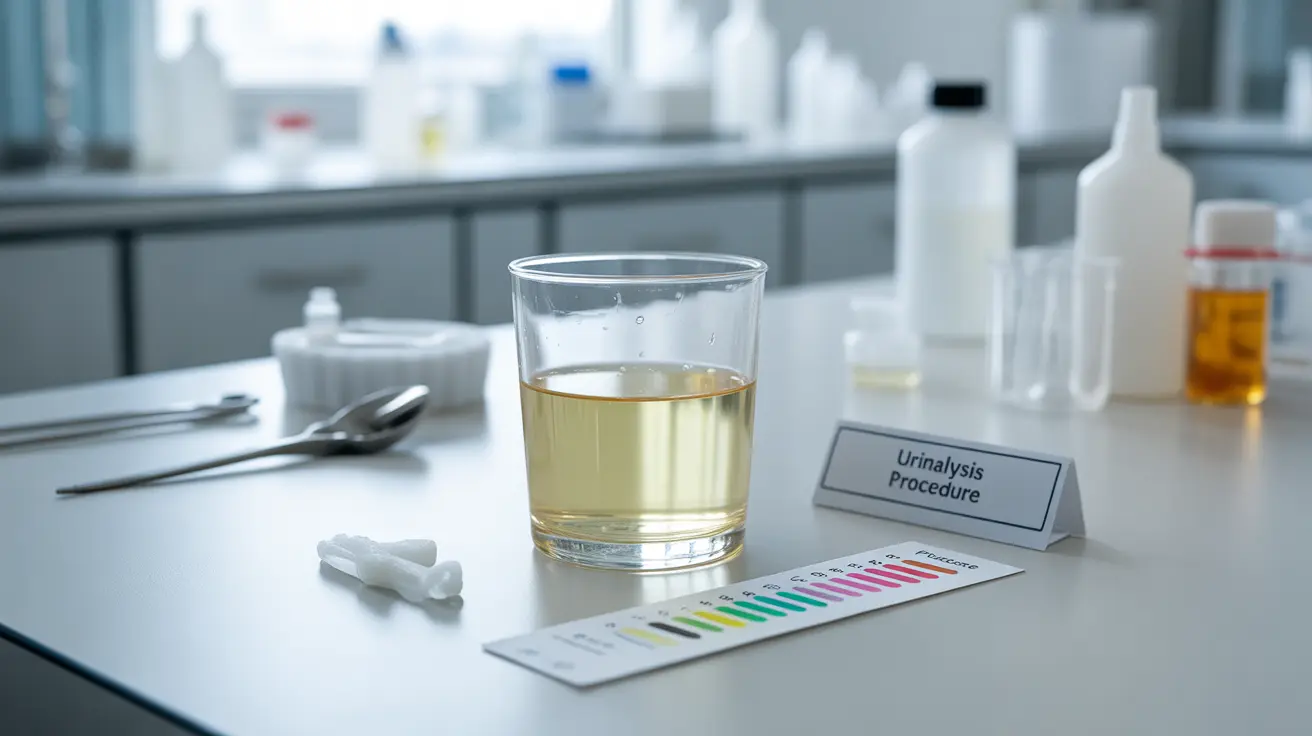A urinalysis is a comprehensive diagnostic test that provides valuable insights into your overall health by examining various components of your urine. This crucial medical tool can help healthcare providers detect and monitor a wide range of conditions, from urinary tract infections to diabetes and kidney disorders.
Whether you're scheduled for a routine check-up or experiencing specific symptoms, understanding what urinalysis involves and how to prepare for it can help you get the most accurate results. Let's explore everything you need to know about this important diagnostic test.
What is a Urinalysis?
A urinalysis is a series of tests performed on a urine sample that examines its physical, chemical, and microscopic properties. This test can reveal important information about your body's metabolism and kidney function, as well as indicate the presence of infections or other health conditions.
Components of Urinalysis Testing
Physical Examination
The first part of a urinalysis involves checking the urine's physical properties, including:
- Color and clarity
- Odor
- Specific gravity (concentration of particles)
- Temperature when fresh
Chemical Analysis
The chemical portion of the test typically examines:
- pH levels
- Protein presence
- Glucose levels
- Ketones
- Bilirubin
- Nitrites
- Blood cells
Microscopic Examination
Under the microscope, laboratory technicians look for:
- Red blood cells
- White blood cells
- Epithelial cells
- Bacteria
- Crystals
- Casts
Preparing for a Urinalysis
Proper preparation is essential for accurate urinalysis results. Your healthcare provider may request either a random urine sample or a first-morning specimen, depending on the purpose of the test. It's important to follow any specific instructions provided by your healthcare team.
Collection Guidelines
To ensure an accurate sample:
- Clean the genital area thoroughly
- Use the clean-catch method
- Collect midstream urine
- Avoid contamination from toilet paper or other sources
- Follow container handling instructions carefully
Understanding Your Results
Urinalysis results can indicate various health conditions or confirm that your body is functioning normally. Normal results typically show clear to light yellow urine with no significant levels of protein, blood, or glucose. Abnormal findings might suggest:
- Urinary tract infections
- Kidney disease
- Diabetes
- Liver problems
- Pregnancy complications
- Metabolic disorders
Frequently Asked Questions
What does a urinalysis test check for and how can it help diagnose health problems?
A urinalysis checks for various substances in urine, including proteins, blood cells, glucose, and bacteria. It can help diagnose urinary tract infections, kidney disease, diabetes, and other metabolic disorders by detecting abnormal levels of these substances.
How should I properly collect a urine sample for an accurate urinalysis?
To collect an accurate sample, clean the genital area thoroughly, begin urinating into the toilet, then place the collection container midstream. Avoid touching the inside of the container and follow any specific instructions provided by your healthcare provider.
What do abnormal urinalysis results mean, such as blood, protein, or glucose in urine?
Blood in urine may indicate kidney disease, infection, or injury. Protein might suggest kidney problems or inflammation. Glucose could indicate diabetes. The specific meaning of abnormal results depends on the type and level of substances detected.
When and why might a doctor order a urinalysis during a routine health exam or if I have symptoms?
Doctors often order urinalysis during routine check-ups, pregnancy visits, pre-surgery screenings, or when investigating symptoms like frequent urination, pain while urinating, or blood in urine. It's also commonly used to monitor existing health conditions.
How can urinalysis be used to monitor chronic conditions like kidney disease or urinary tract infections?
Regular urinalysis helps track disease progression in kidney conditions by monitoring protein levels and other markers. For UTIs, it can confirm infection clearance and detect recurrence by checking for bacteria and white blood cells in the urine.




